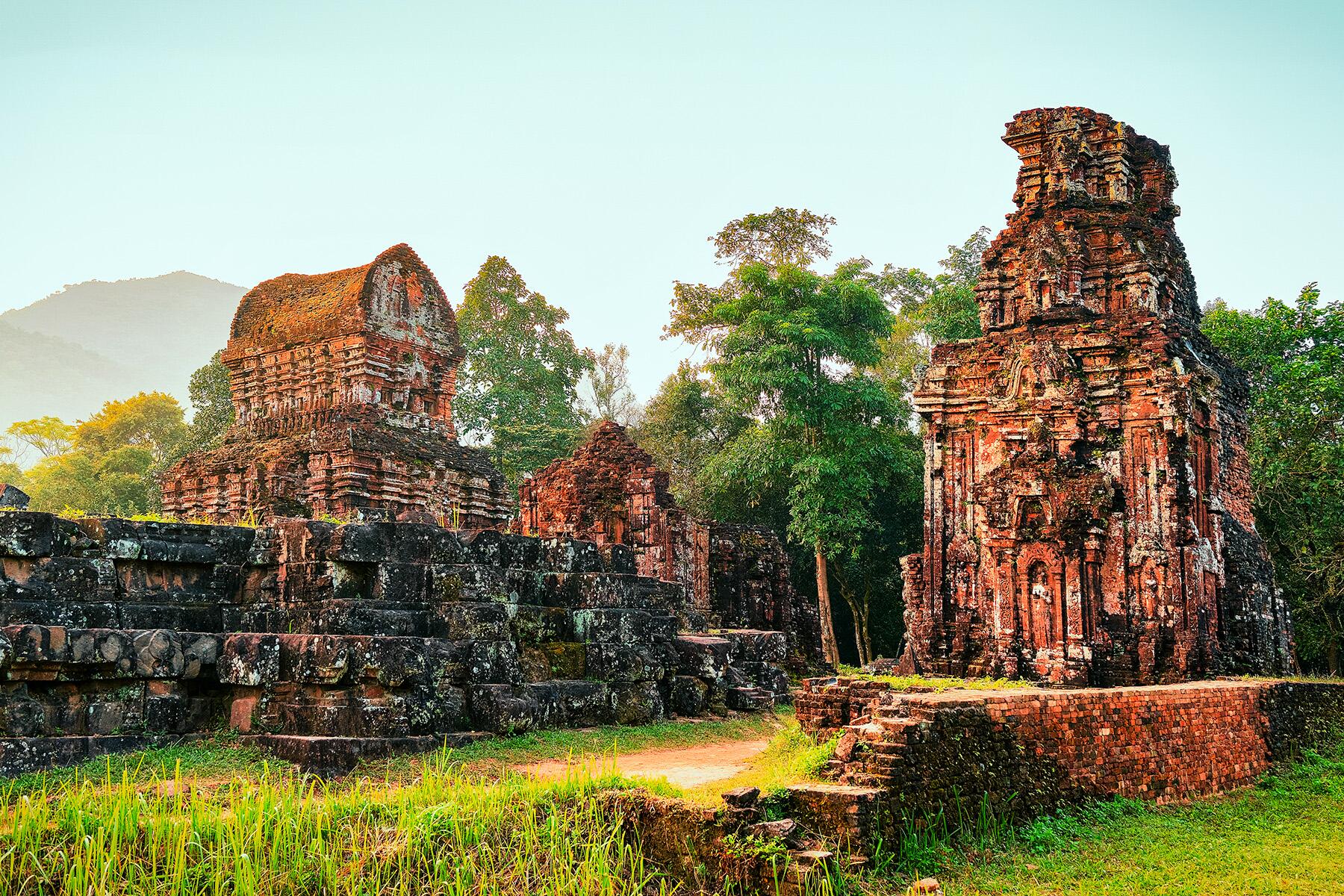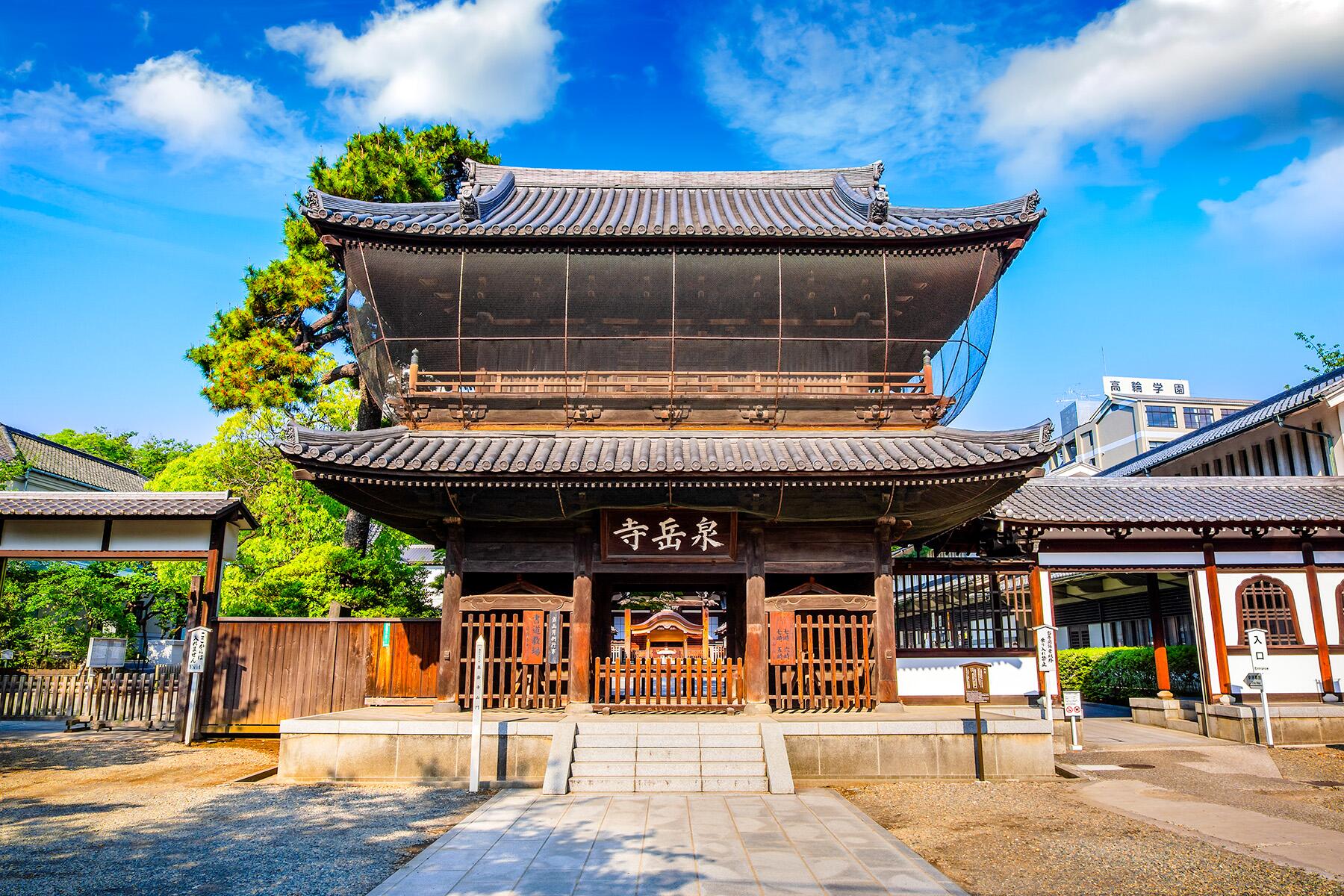In the 1940s, the United States detained thousands of Japanese-Americans in detention camps. Today, those camps serve as a reminder of this devastating part of American history and its lasting impact.
The recent surge of anti-Asian bigotry and violence in America is only the latest in a long, complicated, and at times painful history of Asian Americans. Many Chinese laborers who came to the U.S. to help build the transcontinental railroad stayed after the project was completed, and their presence marked the beginning of one of the many waves of anti-Asian American sentiment from other demographic groups.
The Immigration Act of 1882, aka the Chinese Exclusion Act and subsequent renewals, denied citizenship to Chinese residents. Nearly all Asian immigrants were banned in 1924. The Chinese Exclusion Act was repealed during World War II, since China was an ally, and a 1952 act ended Asian immigration prohibitions. Still, it wasn’t until 1965 that all race-based entry restrictions were lifted.
Japanese-American immigrants faced similar and also distinctive treatment. “From 1885 to 1908, some 72,000 Japanese came to the West Coast,” writes Albert Marrin in Uprooted: The Japanese American Experience During World War II. Like the Chinese immigrants, a majority stayed, and as their population grew, “resentments against them escalated.”
Then came December 7th, 1941.
Shortly after the Japanese government attacked Pearl Harbor, as Greg Robinson summarizes in his book, By Order of the President: FDR and the Internment of Japanese Americans, “U.S. Army officers, anxious over a possible Japanese invasion of the West Coast…began to press for the removal from the coastal areas of all people of Japanese ancestry…singled out from other ‘enemy’ groups such as Italian-Americans and German-Americans as innately untrustworthy on racial grounds” (the latter inhabitants, Robinson adds, were accorded legal hearings).
The Roosevelt administration split into two factions, one advocated detention and the other—including FBI Director J. Edgar Hoover—opposed mass removal. Nevertheless, in early 1942, FDR signed Executive Order 9066, and the War Relocation Authority (WRA) began to detain 110,000 to 120,000 persons of Japanese descent, two-thirds of whom were American citizens by birth. None were ever found guilty of espionage or treason.
Legislation passed in 1988 attempted to make amends. The Civil Liberties Act issued a formal apology and allocated $20,000 tax-free to every surviving detainee. No amount of money, though, could fully heal the scars and trauma of the survivors (as evidenced in survivor stories, two of which are mentioned below). Today, many sites across the nation teach visitors about the experiences of Japanese-Americans during internment.




